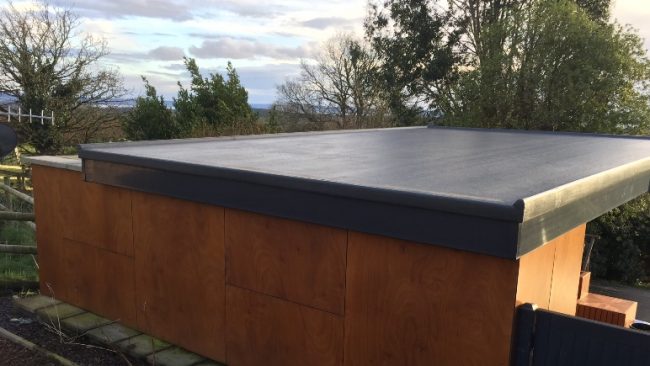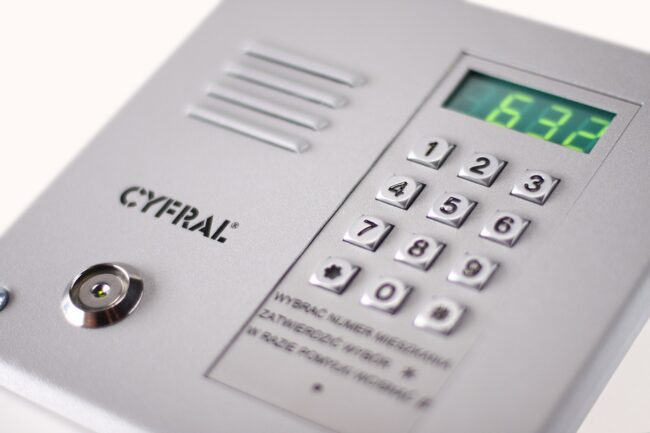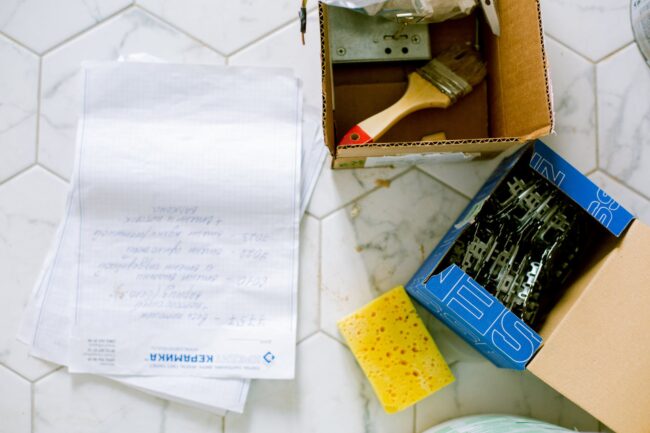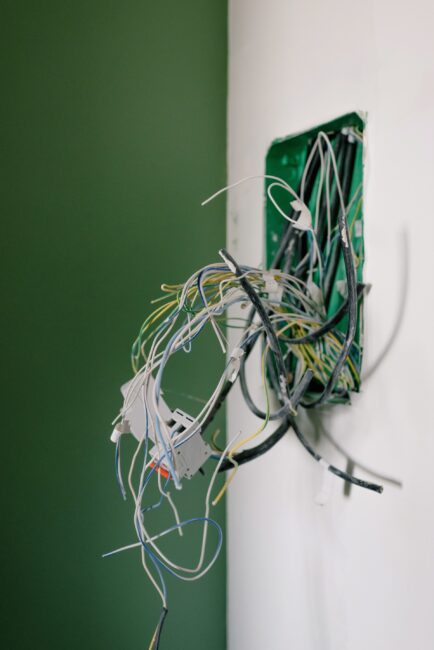When it comes to home maintenance and improvements, hiring the right electrician is not just a matter of convenience—it’s a critical safety necessity. Electrical work is complex and requires specialised knowledge and experience to ensure it’s done correctly and safely.
This guide will walk you through the essential qualifications to look for, questions to ask, and red flags to avoid when choosing an electrician for your home.
Understanding Electrician Qualifications
Licensing: The first and non-negotiable qualification to look for is licensing. An electrician’s license is proof that they have met the required education and training standards to perform electrical work in your area. Different types of licenses may apply, such as journeyman or master electrician licenses, each indicating a different level of experience and expertise.
Insurance: Ensure that any electrician you consider hiring carries both liability insurance and workers’ compensation insurance. This protects you from being liable for any accidents or damages that occur on your property.
Certifications and Specialisations: While not always necessary, certifications can indicate an electrician’s commitment to their craft and expertise in specific areas, such as energy efficiency, smart home technology, or commercial electrical work.
Questions to Ask Potential Electricians
Experience: Ask about their experience, particularly with the type of work you need. Experience is critical in ensuring that your project will be completed safely and to a high standard.
References: A reputable electrician should be willing to provide references from past clients. Following up on these references can give you insights into the electrician’s reliability, quality of work, and customer service.
Estimate and Scope of Work: Request a detailed estimate and scope of work. This should include the costs, the expected duration of the project, and a detailed description of the work to be done. This ensures clarity and helps prevent unexpected costs or project delays.
Permits and Inspections: Discuss whether your project requires permits and inspections, and confirm that the electrician will handle these aspects. Proper permits and inspections are crucial for ensuring the work meets local building codes and safety standards.
Red Flags to Avoid
Lack of License or Insurance: Operating without a license or insurance is not only a red flag but also illegal in many areas. Always verify an electrician’s license and insurance status before hiring.
Unusually Low Quotes: While it’s tempting to go with the lowest bid, an estimate significantly lower than others may indicate a lack of experience, cutting corners, or the omission of essential tasks or materials.
High-Pressure Sales Tactics: Be wary of electricians who pressure you to make quick decisions, especially for large projects or expensive repairs. A professional will understand the importance of giving you time to consider your options.
Poor Communication: Clear communication is essential for any successful project. If an electrician is consistently late, difficult to reach, or fails to provide clear answers to your questions, it may be a sign of potential issues down the line.
Asking for Full Payment Upfront: It’s normal for electricians to require a deposit before starting work, but asking for the full payment upfront is unusual and could be a sign of financial instability or fraud.
Making the Final Decision
Compare Quotes: Gather multiple estimates to compare costs, but remember to consider experience, reputation, and your comfort level with each electrician as well.
Trust Your Gut: Ultimately, choose an electrician who feels right for you. Trust, communication, and professionalism are just as important as the price.
Written Contract: Before work begins, ensure you have a written contract that outlines the scope of work, cost, timeline, and payment schedule. This document should also include the electrician’s license number and insurance information.
Conclusion
Choosing the right electrician is crucial for the safety, efficiency, and reliability of your home’s electrical system. By focusing on qualifications, asking the right questions, and being aware of red flags, you can make an informed decision that ensures your electrical projects are completed to the highest standards. Remember, quality electrical work is an investment in your home’s future, offering peace of mind and safeguarding your family’s safety.







